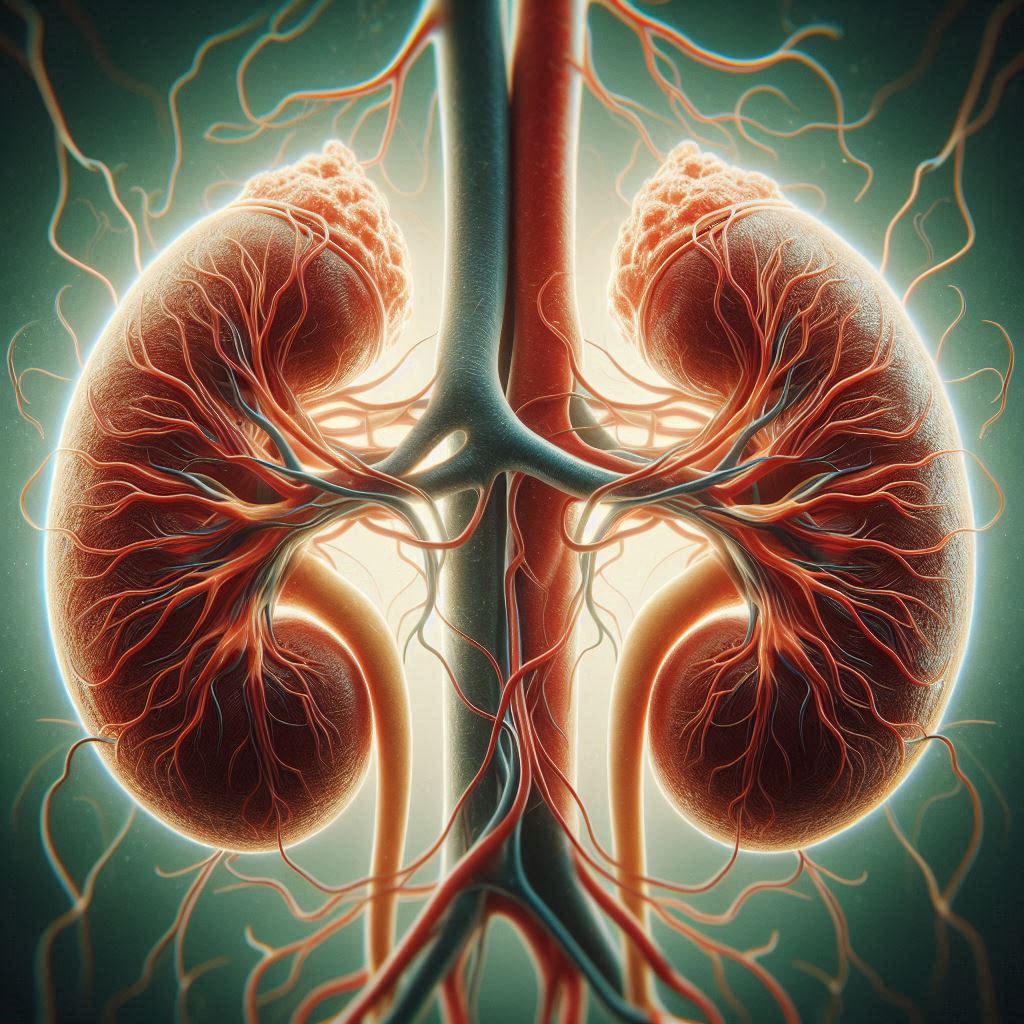Lithium-induced diabetes insipidus (lithium DI) is a condition where the kidneys lose their ability to concentrate urine due to lithium therapy. Here’s a concise overview of its treatment:
Treatment Strategies:
- Discontinuing Lithium:
- If possible, stopping lithium might resolve the condition, though this depends on the patient’s mental health requirements.
- Amiloride:
- Often the first-line treatment; it reduces lithium uptake in the kidney’s collecting duct, potentially mitigating DI without affecting serum lithium levels as significantly as other diuretics.
- Hydration:
- Encouraging adequate fluid intake to compensate for urine loss and prevent dehydration.
- Thiazide Diuretics:
- Used cautiously due to the risk of increasing lithium levels; they work by paradoxically reducing urine output.
- NSAIDs (Nonsteroidal Anti-Inflammatory Drugs):
- Like indomethacin, can be used to increase urine concentration but should be used with caution due to potential renal toxicity.
- Desmopressin:
- Not typically effective for lithium DI since it acts on V2 receptors which are less responsive in this condition, but might be tried in certain scenarios.
Monitoring:
- Regular monitoring of serum lithium levels, electrolytes, kidney function, and hydration status is crucial.
Lifestyle Adjustments:
- Managing salt intake since low sodium can exacerbate DI symptoms.
Considerations:
- Treatment decisions should balance the benefits of lithium for psychiatric stability against the risks of DI.
- Consulting with both a psychiatrist and a nephrologist or endocrinologist can optimize management.
Remember, these treatments should be tailored based on individual health status, response to therapy, and the severity of DI. Always consult healthcare providers for personalized medical advice.



Leave a Reply